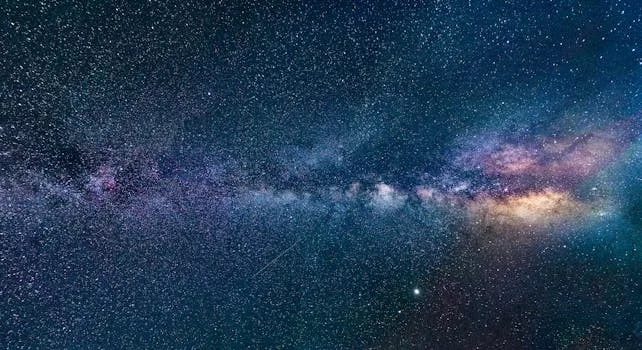
“
Beyond the Milky Way: Imagining New Worlds and Possibilities
Introduction to the Universe
Milky Way is just one of the billions of galaxies in the observable universe. The universe is vast and complex, with mysteries waiting to be unraveled. As we continue to explore and understand our place in the universe, we begin to imagine new worlds and possibilities. In this article, we will delve into the world of space exploration and astronomy, discussing the latest discoveries and the potential for life beyond our galaxy. For more on this topic, check out Beyond the Milky Way: Imagining New Worlds and Possibilities.
Understanding the Universe
The universe is estimated to be around 13.8 billion years old, with the Milky Way galaxy forming around 13.6 billion years ago. Our galaxy is just one of the many galaxies in the universe, with some estimates suggesting that there are over 100 billion galaxies in the observable universe. The universe is constantly expanding, with galaxies moving away from each other at incredible speeds. This vastness is explored in The Infinite Universe of Imagination: Beyond Celestial Boundaries.
Exploring the Universe
Space exploration has come a long way since the first human spaceflight in 1961. Today, we have robotic missions exploring the far reaches of our solar system and beyond. The Voyager 1 spacecraft, launched in 1977, is the most distant human-made object in space, with a distance of over 14 billion miles from Earth. The Hubble Space Telescope has revolutionized our understanding of the universe, capturing stunning images of galaxies, stars, and planets. For insights into the creativity involved in this exploration, read Cosmic Creativity: How Imagination Soars Beyond the Constellations.
New Worlds and Possibilities
The discovery of exoplanets has opened up new possibilities for life beyond our galaxy. With over 4,000 exoplanets discovered so far, the potential for life-supporting planets is vast. The Kepler Space Telescope has been instrumental in discovering exoplanets, with many of these planets believed to be located in the habitable zones of their respective stars. The search for life beyond our galaxy is an ongoing effort, with scientists using a variety of methods to detect biosignatures in the atmospheres of exoplanets.
Takeaways
- The universe is vast and complex, with mysteries waiting to be unraveled.
- Space exploration has come a long way, with robotic missions exploring the far reaches of our solar system and beyond.
- The discovery of exoplanets has opened up new possibilities for life beyond our galaxy.
- The search for life beyond our galaxy is an ongoing effort, with scientists using a variety of methods to detect biosignatures in the atmospheres of exoplanets.






